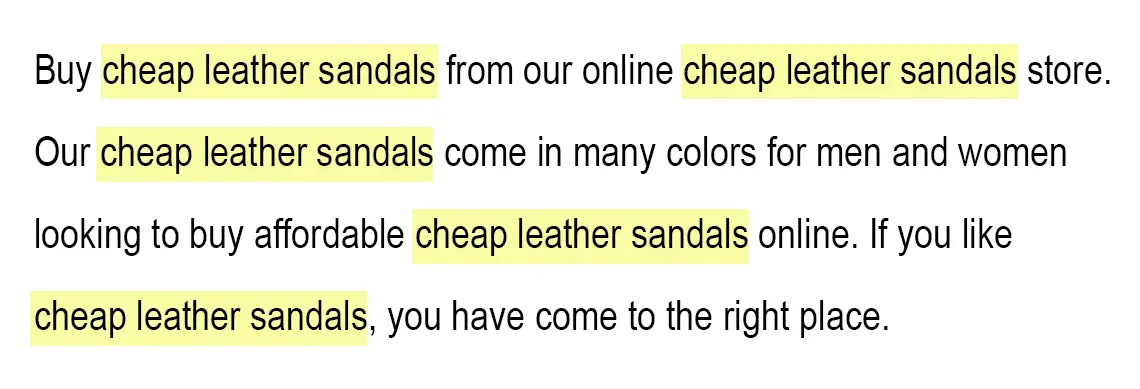
No one likes spam (the web-related kind, not the canned meat from Hormel) and that includes search engines, such as Google.
Spamdexing, which is also sometimes called web spamming or SEO spamming, is a type of black hat SEO, whose purpose is to influence organic search engine results, in direct violation of Google Search Essentials (previously known as Google Webmaster Guidelines).
How Does Spamdexing Work?
By obtaining unauthorized access to legitimate websites, spammers will typically place malicious links within the pages of those legitimate websites, make new web pages that contain malicious links and/or low quality, spammy (e.g. Viagra, Cialis, online pharmacy, etc.) content. They may also create redirects that go to spammy or malware infected websites that they control.
What is the Point of Spamdexing?

Typically, spammers or hackers perpetrate spamdexing attacks in an attempt to improve their own website SERPs, by effectively pilfering web traffic from legitimate websites. This in turn can help spammers and hackers make money when driving traffic to their spammy websites used for affiliate marketing or to otherwise monetize the stolen search traffic.
It should be noted that spammers exploit legitimate websites in this way because search engines, such as Google, have sophisticated algorithms that ignore the Spammer’s own low-quality, spam-filled websites.
You can read these 5 tips to help protect your website from hacking.
Common Types of Spamdexing
There are a variety of spamdexing methods utilized by spammers and hackers. Here are just a few of them.
Keyword Spamming (Keyword Stuffing)
Keyword spamming or stuffing, occurs when web page content consists of an unnatural and excessive use of the same or similar keywords or phrases, in an effort to manipulate organic search engine results. That said, Google has a firm policy against keyword stuffing, so should keyword stuffing be detected, Google will likely penalize the offending website.
Below is one such example where you can see the keyword stuffing highlighted in yellow:

Link Spam
There are many types of link spam that can appear within a website’s pages. These can include hackers inserting links within content of a legitimate website in order to promote a spammy or otherwise questionable website. For example, a spammer may put links within a blog post’s comments of a legitimate website which then redirect to low-quality or nefarious websites. Spammy links can also redirect to a fake (phishing) website or when clicked, initiate a malware download.
Auto-Generated Content
Auto-generated content from hackers is low quality content created by using software. Because this content is usually nonsensical and utilizes keyword stuffing, it provides no value to the website visitor. This also violates Google Search Essentials.
Spammy Posts and Pages
In this scenario, hackers infiltrate legitimate websites with good domain authority, to create content optimized for spammy keywords. The goal here is to use these legitimate websites, which likely already rank well in the SERPs, as a means to improve traffic to and monetization of their own websites.
Why Should You Care About Spamdexing?
Knowingly implementing or being the unwitting recipient of spamdexing, hurts your brand and organic search rankings. That is because it can result in a loss of trust, fewer website conversions and possibly earn your website a penalty from Google.